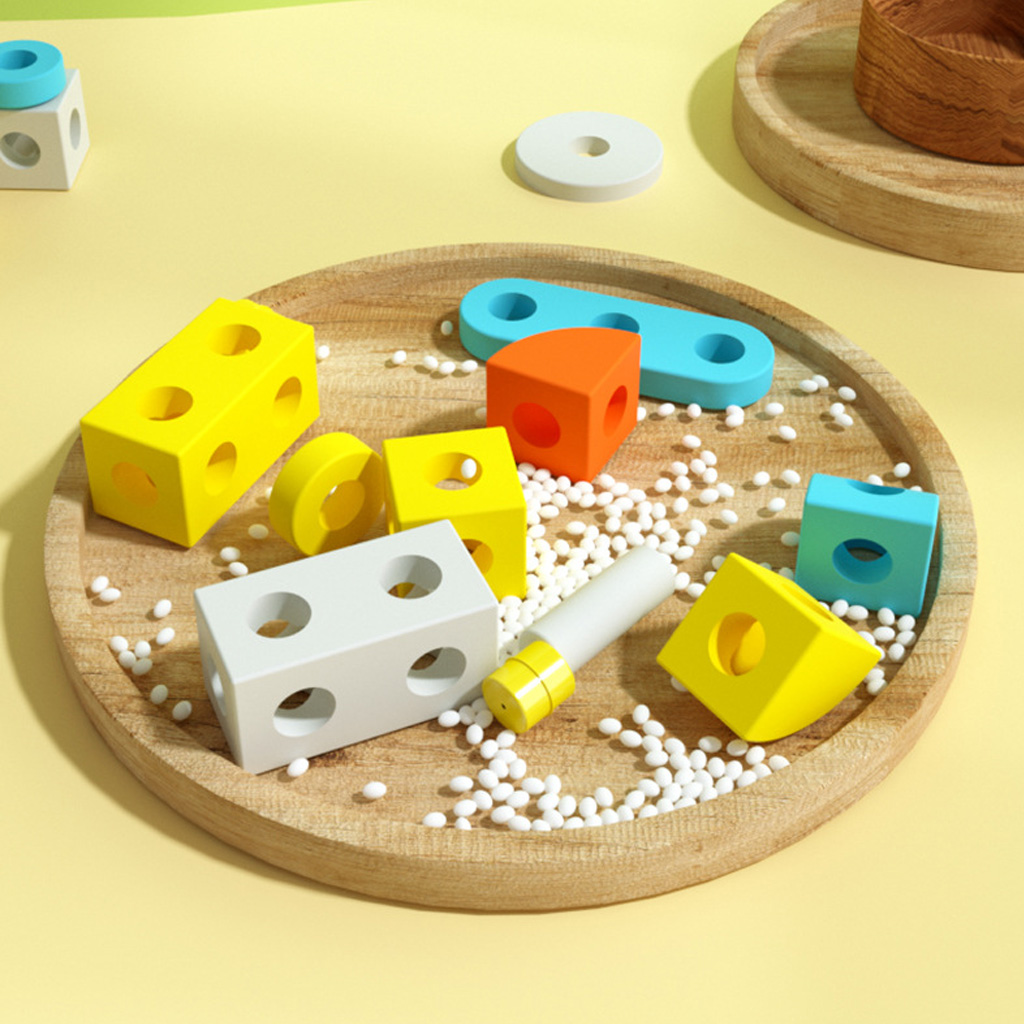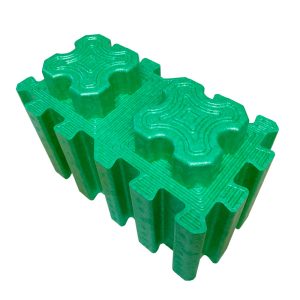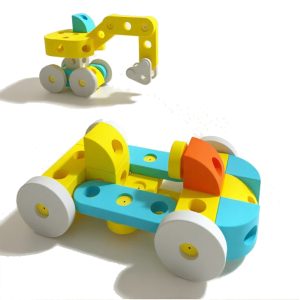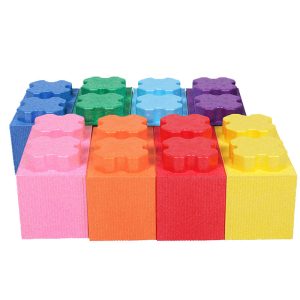What is EVA Foam?
What is EVA foam? What are the advantages of EVA foam materials? What are their limitations? Is EVA foam an environmentally friendly material?
EVA foam is a closed-cell foam material mainly made from ethylene-vinyl acetate copolymer (EVA resin) through chemical foaming or physical foaming processes.

II. Performance Characteristics of EVA Foam
1. Core Advantages
- Excellent elasticity and cushioning/shock absorption: Its closed-cell structure gives it outstanding resilience, enabling it to effectively absorb impact forces. It is often used in protection and cushioning scenarios.
- Waterproof and moisture-proof: The independent bubbles do not absorb water, and its surface is dense, making it suitable for humid environments or products that require waterproofing.
- Strong chemical corrosion resistance: It has a certain tolerance to common chemical substances such as acids, alkalis, and oils, is not easily eroded, and has a long service life.
- Good processability: It can be processed into different shapes and specifications through various processes such as die-cutting, hot pressing, bonding, and printing, adapting to diverse needs (e.g., toy accessories, shoe midsole).
- Lightweight and easy to carry: It is light in weight and does not add extra burden to products.
2. Limitations
- Average high-temperature resistance: When exposed to an environment above 80°C for a long time, it will soften and deform, making it unsuitable for high-temperature working conditions.
- Weather resistance needs improvement: Ordinary EVA foam is prone to aging and yellowing when exposed to sunlight for a long time, and UV-resistant additives need to be added to improve this issue.
III. Environmental Friendliness of EVA Foam
The environmental friendliness of EVA foam should be judged based on production processes and material standards; overall, it is a relatively environmentally friendly material:
- Non-toxic in itself: EVA resin does not contain toxic substances such as formaldehyde and heavy metals.
- Environmental risks mainly come from additives: Some low-cost products may add inferior plasticizers, flame retardants, or foaming agents, which may release harmful substances; however, eco-friendly EVA foam that meets international standards uses non-toxic additives.
- Burning safety: It does not produce highly toxic gases (e.g., chlorine gas) when burned, making it safer than PVC foam. In addition, some products can undergo flame-retardant treatment to reduce fire risks.
In summary, choosing EVA foam that meets environmental standards ensures its environmental performance can meet the requirements of most toy application scenarios.





